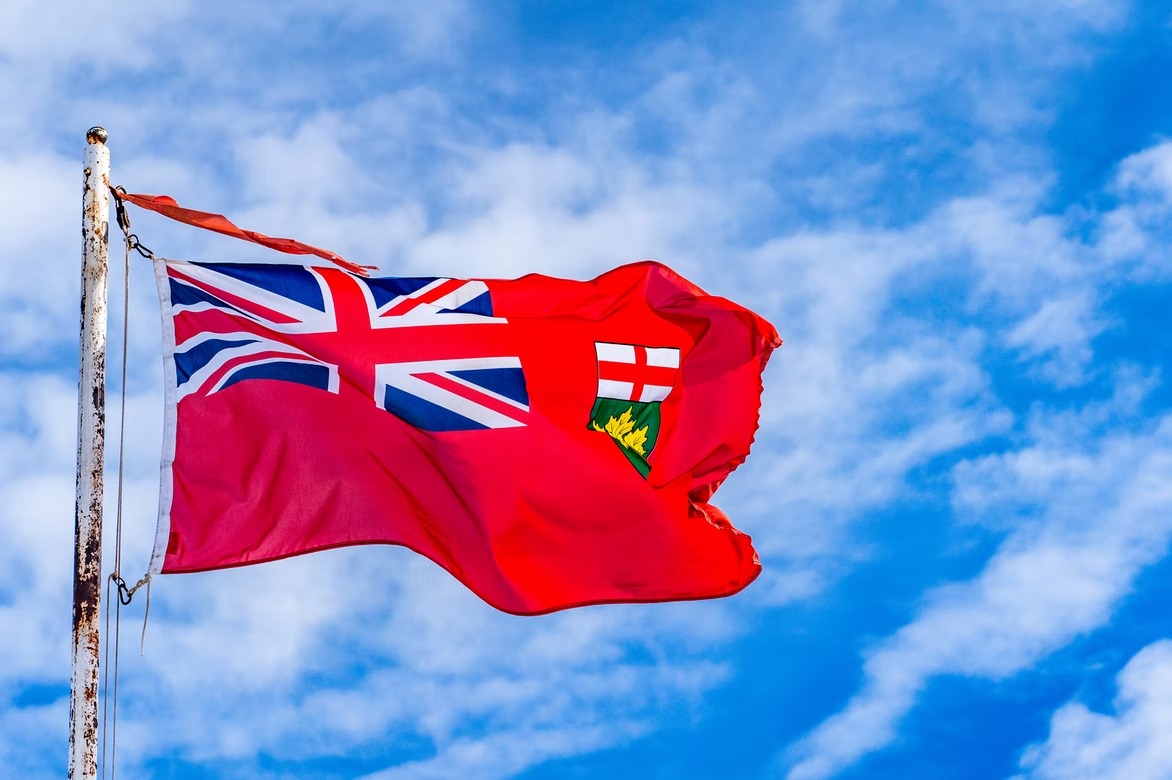You are here
Home 🌿 Regional 🌿 North America 🌿 Canada 🌿 Ontario 🌿 Opinion: Ontario’s Soviet-style cannabis monopoly 🌿Opinion: Ontario’s Soviet-style cannabis monopoly

Producers and retailers making less, consumers paying more, taxpayers losing millions just to feed the beast of the big government OCS monopoly
Ontario’s latest budget was pitched as a “Plan to Build.” Unfortunately, when it comes to the over $1.5-billion annual sales of cannabis in Ontario, what the Ford government has built is a monster monopoly that is eating up profits, stifling innovation, and slowly strangling the new cannabis industry, especially its small operators and independent retailers.
All the many cannabis stores that have popped up in the last few years, whose proliferation has itself become an election issue, are forced to buy their cannabis products from a single government wholesaler. For their part, cannabis producers can only sell to this big government monopoly. This all-powerful gatekeeper, to pick a term from the headlines, is a Crown corporation, the Ontario Cannabis Retail Corporation, which does business as the Ontario Cannabis Store (OCS). It has over 200 staff, 103 of whom made over $100k in 2021, according to the Government of Ontario salary disclosure list. It directly limits what retailers can buy and producers can sell and it takes a massive average markup of 42 per cent — just to be a middleman warehouse and also run a small online retail portal responsible for only 3.7 per cent of industry sales.
The criteria the OCS uses to decide whether or not to accept a producer’s product are neither clear nor well documented, according to the most recent Ontario Auditor General report on the issue. But if a producer is lucky enough to have a cannabis product accepted by the OCS and agrees on a price of $5, which has to cover all the costs of manufacturing, packaging and shipping to the OCS, then the OCS will sell it to a private retailer for at least $7.50, who will then have to price it even higher when selling it to the public. This huge markup, before HST or excise duty, is often more than the producers or retailers themselves make — though they do all the important work. Essentially, the OCS is the world’s most profitable publicly funded warehouse. The Ford government has built an entity that communist Russia would have been proud of.
Even if we accept that governments need to be involved in the cannabis value chain (and they are in Alberta, B.C. and Quebec), how does Ontario justify its massive margins? Quebec’s government is also a middleman in the cannabis industry, but manages to run all of the province’s cannabis retail stores for a margin of only 14.9 per cent on dried flower, compared to the 39.4 per cent margin OCS takes on dried flower sold online. Alberta’s government, like Ontario’s, only runs warehousing but it has an average margin of approximately 30 per cent on dried flower and employs no more than 40 staff in selling over $700-million worth of cannabis per year.
You might expect an operation that charges such a big markup to at least be world-class. But the OCS has been plagued by problems, including the loss of thousands of packets of cannabis according to CBC, bad customer service (with over 1,000 cases investigated by the Ontario Ombudsman), serious data leaks, performance pay and bonuses not being based on robust performance measurement and non-competitive sole-sourcing of procurements.
Bottom line? Producers and retailers are making less, consumers are paying more, and taxpayers are losing millions in revenues, just to feed the beast of the big government OCS monopoly. Letting a state-run monopoly keep its foot on the neck of small cannabis producers and retailers is anything but progressively conservative. Whichever Ontario party wins Thursday’s election needs to reform — and preferably disband — the OCS so that a competitive cannabis industry can replace a grotesque government cartel.
420 Intel is Your Source for Marijuana News
420 Intel Canada is your leading news source for the Canadian cannabis industry. Get the latest updates on Canadian cannabis stocks and developments on how Canada continues to be a major player in the worldwide recreational and medical cannabis industry.
420 Intel Canada is the Canadian Industry news outlet that will keep you updated on how these Canadian developments in recreational and medical marijuana will impact the country and the world. Our commitment is to bring you the most important cannabis news stories from across Canada every day of the week.
Marijuana industry news is a constant endeavor with new developments each day. For marijuana news across the True North, 420 Intel Canada promises to bring you quality, Canadian, cannabis industry news.
You can get 420 Intel news delivered directly to your inbox by signing up for our daily marijuana news, ensuring you’re always kept up to date on the ever-changing cannabis industry. To stay even better informed about marijuana legalization news follow us on Twitter, Facebook and LinkedIn.




